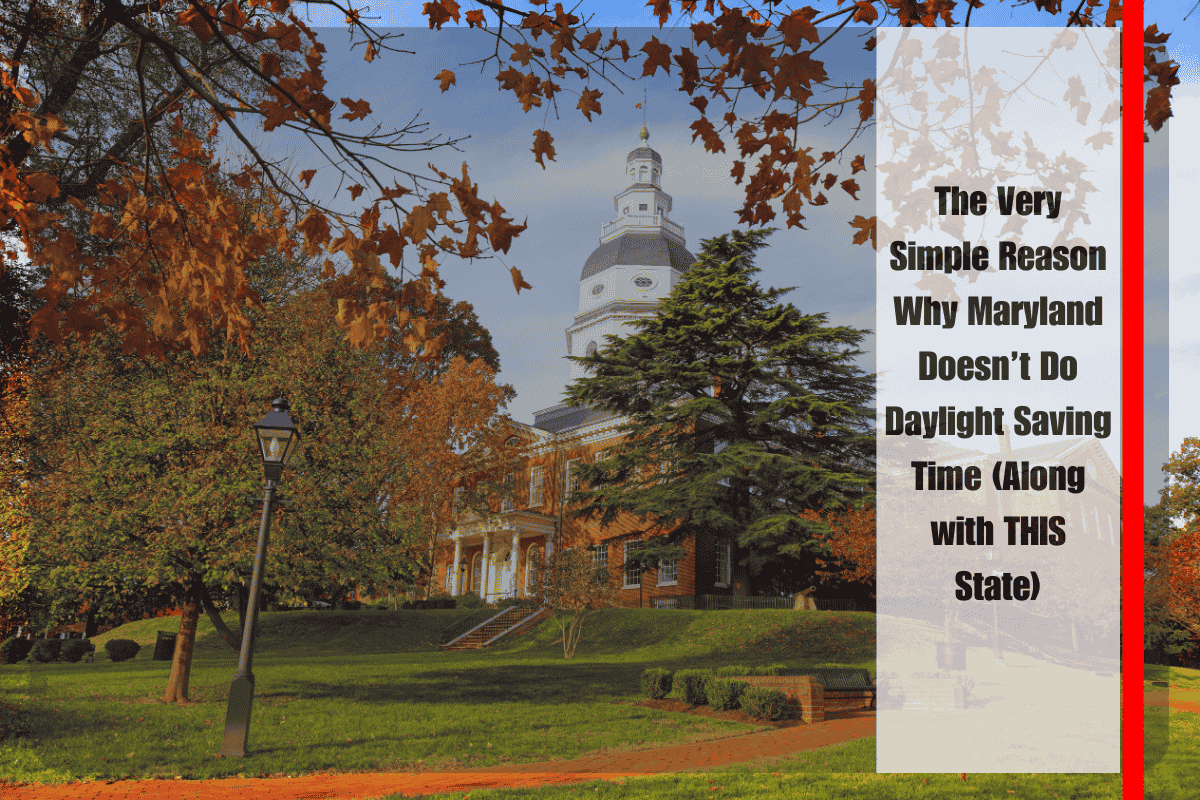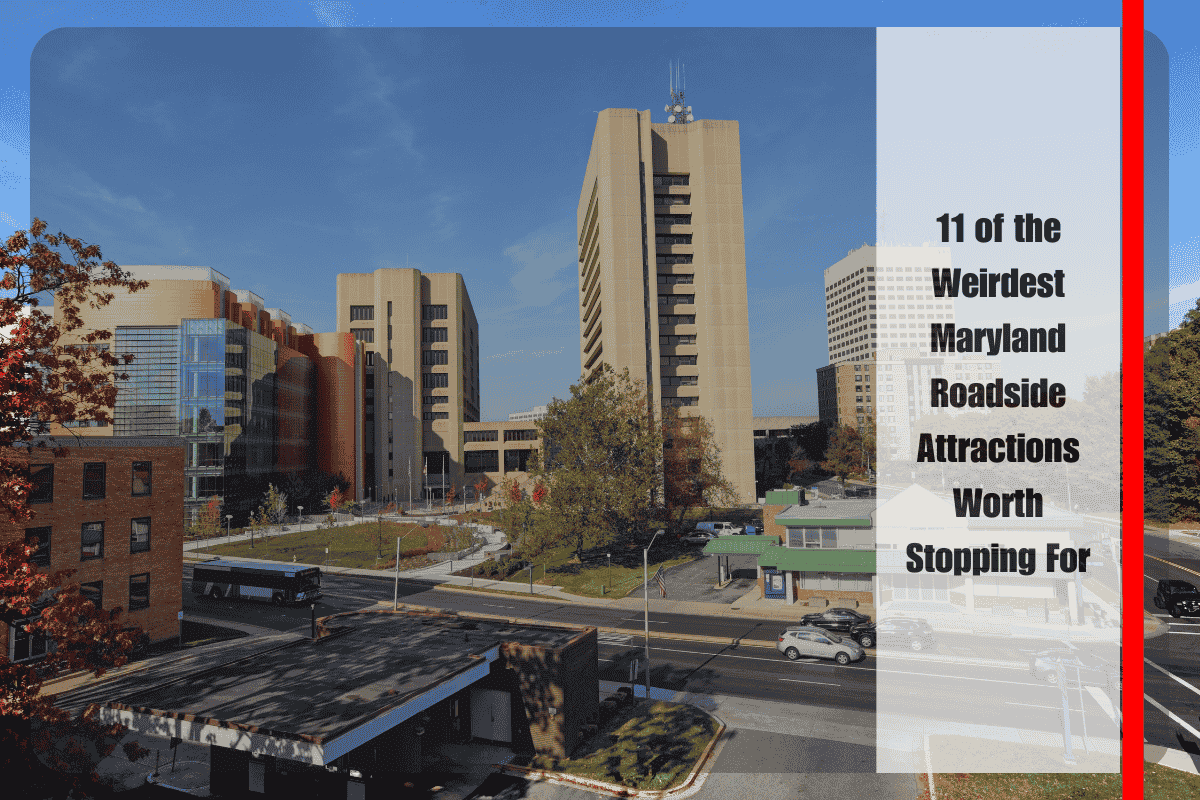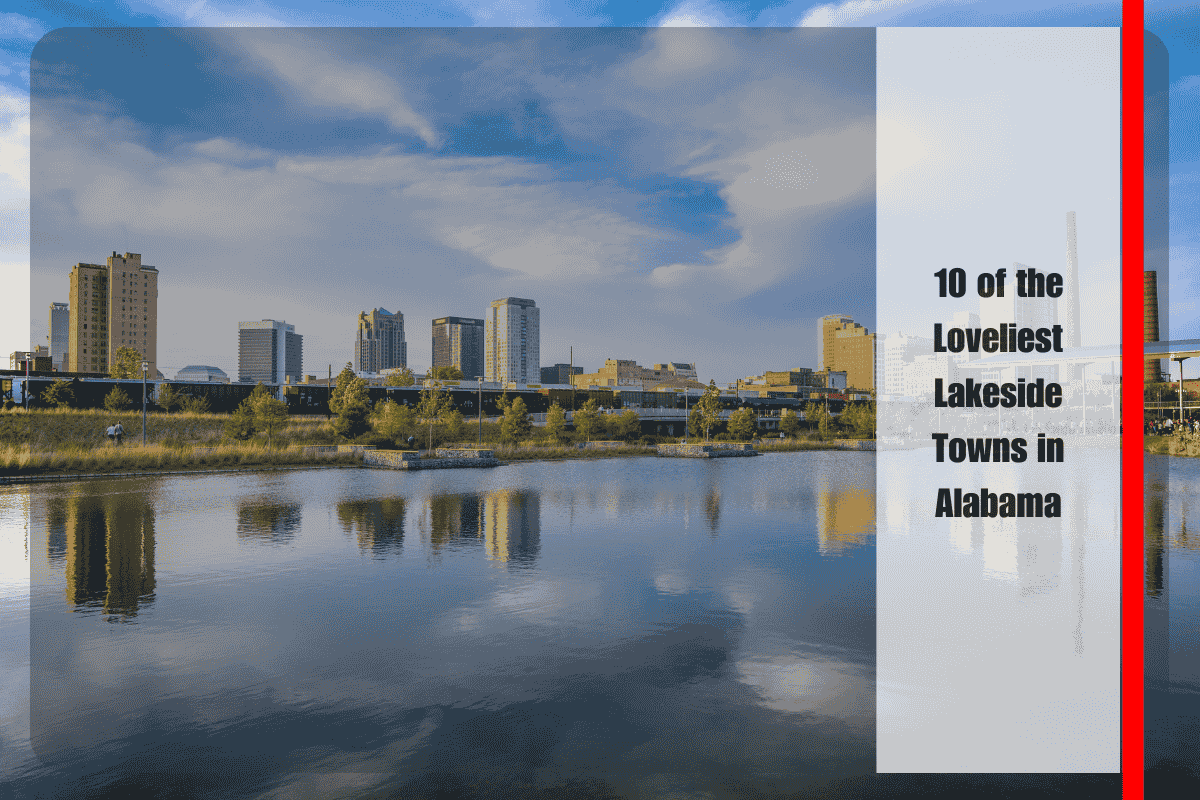The very simple reason why Maryland doesn’t do Daylight Saving Time, along with Hawaii, is tied to legislative action and practical considerations. As of 2025, Maryland has not adopted Daylight Saving Time year-round nor opted out entirely, but a bill to establish permanent daylight saving time in Maryland was withdrawn earlier this year, and no new legislation has been introduced since. Maryland remains aligned with the broader Eastern Time Zone practices, observing the biannual clock changes because federal law requires congressional approval for states to maintain permanent daylight saving time.
The only two U.S. states that do not observe Daylight Saving Time at all are Hawaii and most of Arizona (excluding the Navajo Nation). Hawaii opts out because its tropical location results in minimal variation in daylight hours throughout the year, making the shift unnecessary. Arizona, on the other hand, stays on standard time to avoid the extra hour of evening daylight that would extend the use of air conditioning during their extremely hot summers, thereby saving significant energy costs.
In summary, Maryland doesn’t do permanent Daylight Saving Time mainly because it has yet to pass legislation or receive federal approval to do so. Meanwhile, Hawaii opts out due to its consistent daylight hours near the equator, and Arizona avoids DST to conserve energy during scorching summers. These practical reasons define why these states remain exceptions to the typical daylight saving schedule observed by most of the U.S.
Sources
(https://thehill.com/homenews/state-watch/5464355-daylight-saving-time-which-states-want-to-stop-changing-the-clocks/)
(https://www.jagranjosh.com/us/trending/us-time-changes-1860001105)
(https://en.wikipedia.org/wiki/Daylight_saving_time_in_the_United_States)
(https://www.timeanddate.com/time/change/usa)
(https://timesofindia.indiatimes.com/world/us/daylight-saving-time-change-ends-sooner-than-usual-when-will-the-clocks-fall-back/articleshow/123863573.cms)












